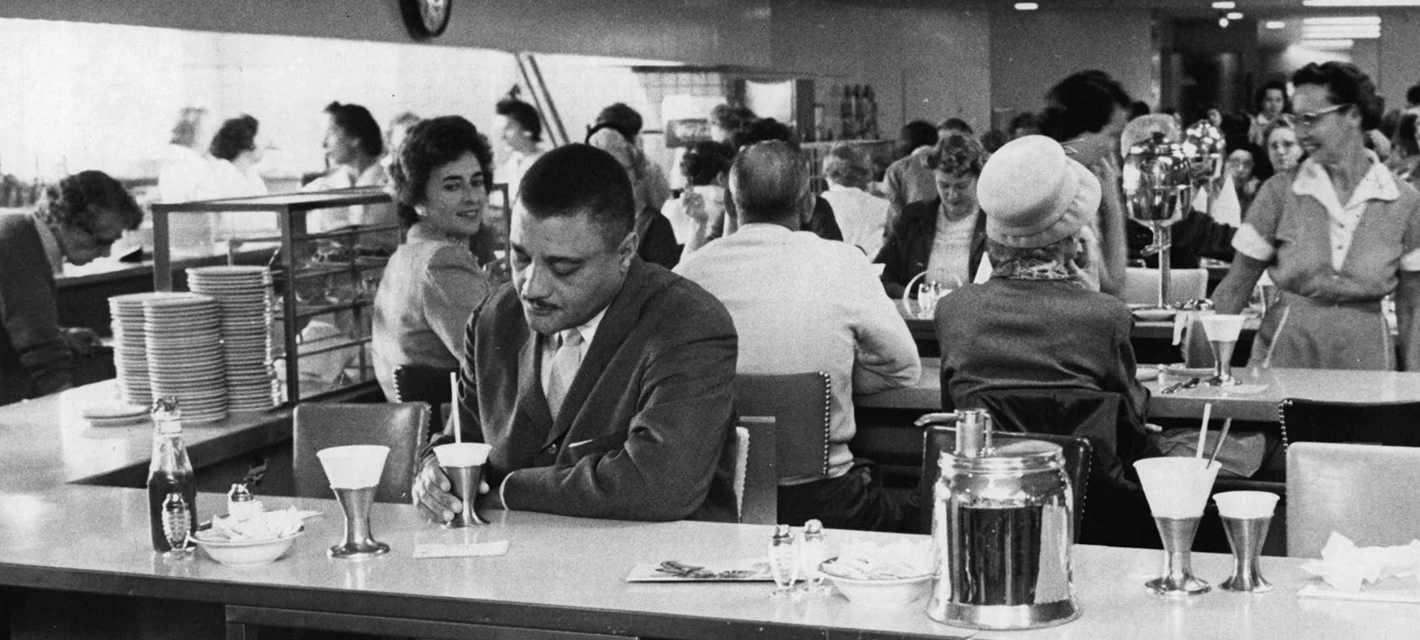Green Benches and St. Pete’s Jim Crow Past
Although Black labor contributed significantly to the growth of St. Petersburg, Black people were not welcome in the city they built. Racial and social segregation was strictly enforced and at one time St. Pete was one of the most residentially segregated cities in the country. Recreational amenities, lunch counters, theaters, public restrooms, and the city’s famous public green benches were only accessible to White people.

Ralph M. Wimbish served as president of the St. Petersburg chapter of the National Association for the Advancement of Colored People (NAACP), challenging the city’s segregation laws.
A Decade of Desegregation Movements
Black leaders acted to secure rights for themselves and the Black community, challenging the boundaries of where they were permitted to open businesses and suing the city to integrate public spaces. Picketing, strikes, and lawsuits went on for more than a decade, sometimes gaining national attention and support. The laws changed with the Civil Rights Act of 1964, but de facto segregation, discrimination, and harassment continued as common practice long after.
Creating Equitable Spaces
While integration has been the law of the land for over 50 years, St. Pete is still largely segregated by race and many people spend the majority of their time in spaces that are mostly or exclusively populated by members of their own race. Public spaces are open to everyone, but areas that feel racially equal are hard to come by. Creating equitable, inclusive spaces requires more than open doors.
